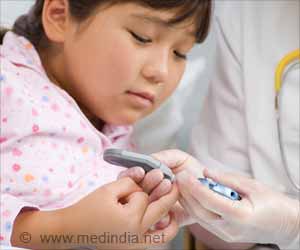
‘Measuring the carbon dioxide level through an artery is still the most precise diagnostic for pediatric brain trauma.’
Read More..Tweet it Now
The Harborview Injury Prevention and Research Center (HIPRC) developed a protocol for a standardized response to these events. The guidelines, released earlier this year, are used at Harborview Medical Center, the region's Level I pediatric trauma center where about 120 pediatric brain-trauma patients receive care each year.Read More..
But there are no guidelines on whether a noninvasive method of measuring carbon dioxide from patients' exhalations, known as end-tidal capnography, is as effective as drawing blood through a child's artery.
In a study, HIPRC researchers answered that clinical question: Measuring the carbon dioxide level through an artery is still the most accurate diagnostic for pediatric brain trauma.
"To maintain appropriate carbon dioxide levels, we still need to use the gold-standard approach," said Dr. Jen-Ting Yang, a fellow physician in anesthesiology and pain medicine at the University of Washington School of Medicine.
Sampling carbon dioxide through the artery is considered the gold standard, but end-tidal carbon dioxide is widely used in clinical practice because placing an arterial line in a child is challenging, and complications are not uncommon.
Advertisement
Overall, just 42 percent of paired data agreed (187 data points out of 445). The agreement was even lower during the first eight hours after admission and with development of pediatric acute respiratory distress syndrome.
Advertisement
"We've been able to use the evidence from patients with brain trauma to provide a better roadmap for what is agreed-upon as good quality care," she said.
Source-Eurekalert















